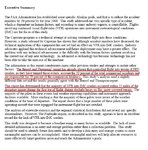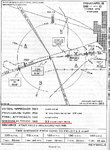So, to sum up thus far, you believe neither the people who witnessed the attack take place in good weather, nor the allied authorities who reported casuaulties on the 23rd.
No mhuxt.
I just pointed out that eyewitness accounts from the opposite side of the channel do not invalidate Jafu 2's orders.
The first three links were humor.
On a side note, this will help you understand the value of eyewitness testimony and its place.
Eyewitness Testimony
http://www.ncjrs.gov/nij/eyewitness/188678.pdf
Eyewitness testimony of the weather in England has no bearing on SKG 10 flying the mission. So no, my contention is not that the eyewitness accounts are wrong. It is just that they have no bearing on the German side of events or Jafu 2 Orders.
Additionally, it is entirely possible for any IFR conditions to have pockets of VFR weather. That more than likely is what happened.
Understand now?
All the best,
Crumpp


